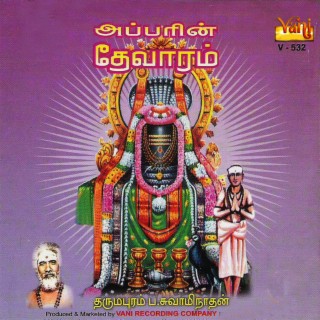
Perhaps, there were variegated versions of this raga – some, with a folk-music overtone like Chenchu Kambhoji. The raga that originated here was Kambhoji.

Bharat, our land, comprised 56 confederation in days bygone, one of which was the territory Kambhoji. Even in one raga, different versions can be found in different regions, as can be visualised from names like Kannada Gurjari, Dravida Gurjari etc. Examples are Gurjari, Malavi, Kannada Gowla, Gowda Mallar, Sindhubhairavi and some others. I have read some major discussions done before ( 3) and Dr VV Srivatsa in his CAC newsletter mentions “Names of some ragas indicate the region of their origin. The Thakkesi Pann is ragam Kambhoji ( 2). This ragam Kamboji/Kambodhi is seen even in ancient south Indian scriptures like “Thevaram” and other literatures following Pann traditions. I had to listen and recheck to confirm the existance of madhyamam in this music (heard in 0.12 min,0.27min, 0.38min, 0.42min,1.07min and 1.24min(not in santoor but in the bowing instrument)) which is the key to reconfirm that there could be some relevance to ragam kamboji.


In South Indian terms a primitive form of ragam Kamboji can be heard though the dominant melody in the santoor is pentatonic in nature along with some minor notes in it. The scales we hear is a semi major dorian scale with some omissions.


 0 kommentar(er)
0 kommentar(er)
